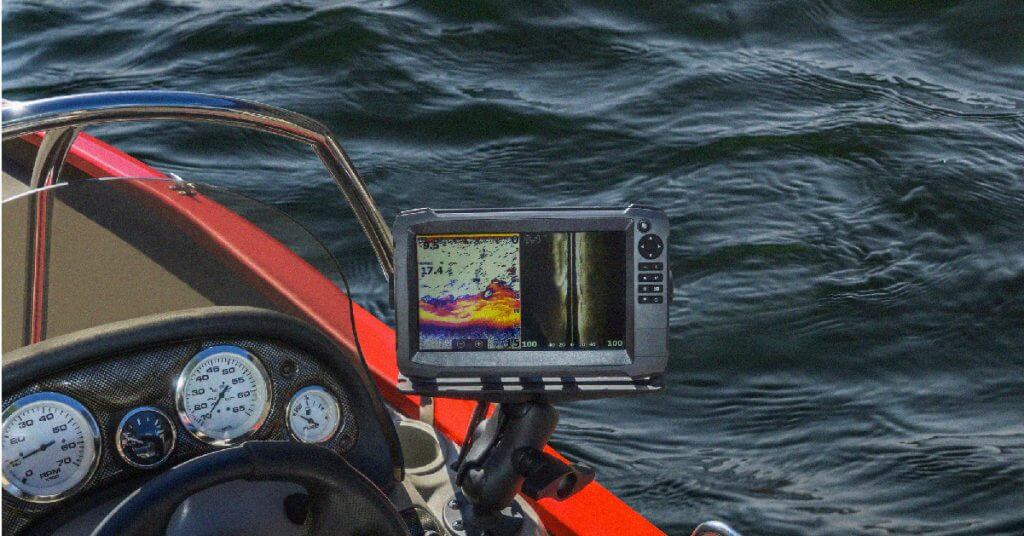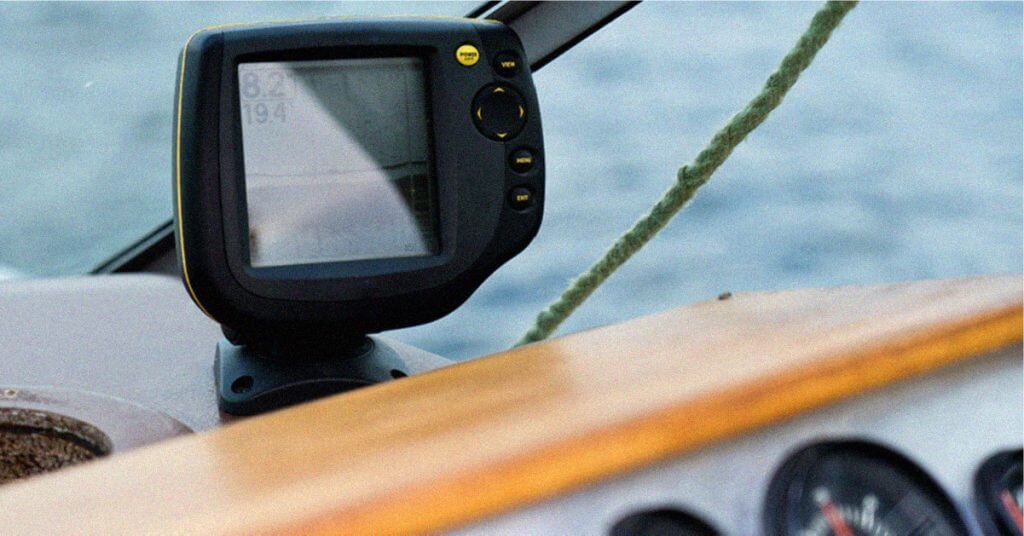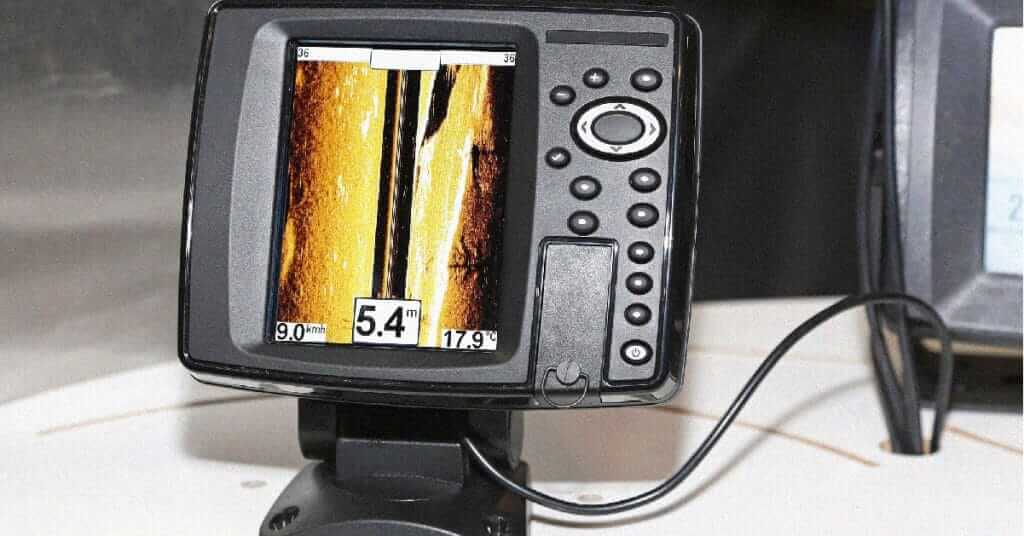If there are two brands that come to mind when you think of fish finding technology, it’s Garmin and Lowrance.
We’re stacking the Garmin Livescope vs the Lowrance Livesight to help you decide which one of these live real time sonar transducers you should buy.
The Lowrance Livesight is currently discontinued because it was continuously outperformed by the Garmin Livescope. It’s been replaced by the ActiveTarget Live Sonar.
Nonetheless, let’s get into the review!
Table of Contents
Garmin Livescope Quick Overview
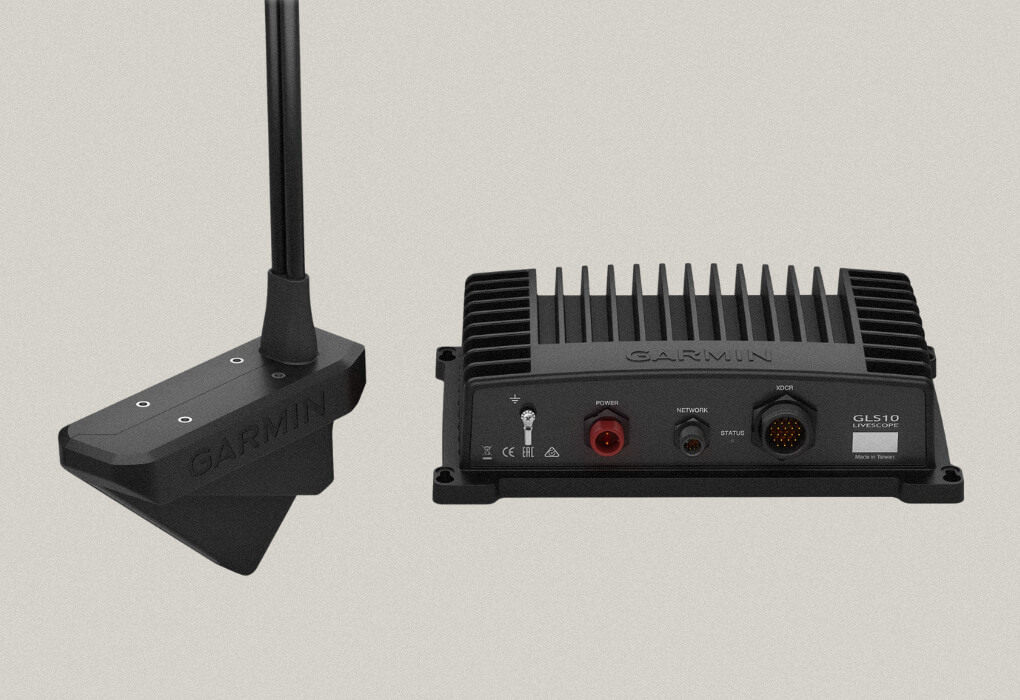
- Introduced in 2015
- 60-foot down imaging and forward range
- Internal stabilization system
- Compatible with a wide range of Garmin models
- Enhanced image quality with vivid color palettes
The Garmin Livescope has been the solo joe in the game of live sonar for quite a while now. We’ve seen a lot of pretenders come and go, but one thing has always remained true.
This transducer is by far the best live sonar available for a variety of reasons which we’ll get into.
It’s easier to install, provides better sonar coverage, is compatible with more units, and offers better image quality than the Lowrance.
But hey, I don’t want to spoil the surprise so let’s continue.
Lowrance Livesight Quick Overview
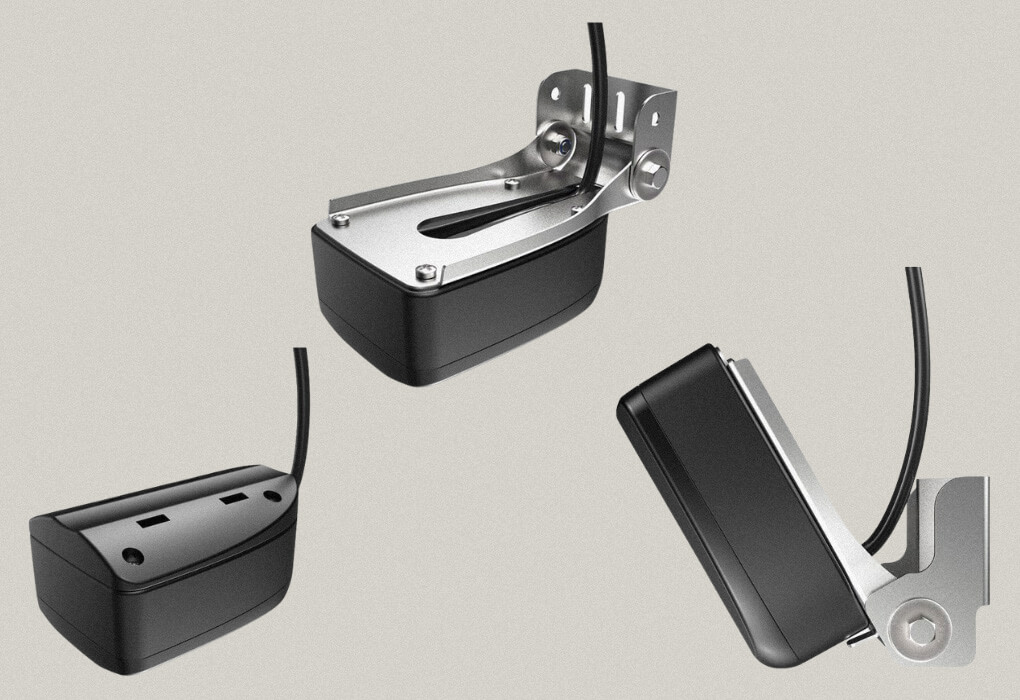
- Introduced in 2019
- 60-foot downscan and forward range
- Compatible with the HDS Live and HDS Carbon models
- Sold for around $1,000
- Currently discontinued
The now discontinued Lowrance Livesight gives us a look into some of the things that were wrong with the unit and why it wasn’t able to succeed for very long.
The design was clunky, it lacked clarity, and while it was a bit easier to install than the Livescope, it didn’t deliver where it was most important.
This transducer was only compatible with two models as well and with the Lowrance HDS Live already at a pretty steep price tag, a lot of anglers had trouble justifying adding this on.
Nonetheless, if you want to find a Lowrance Livesight you’ll need to scour the internet, search eBay, or look on trade sites.
Garmin Livescope vs Lowrance Livesight: Broken Down
Now let’s take a little more in-depth look into the details of both of these transducer modules.
History
As mentioned, the Garmin Livescope hit the market in 2015 while the Lowrance Livesight was introduced in 2019. There was a lot of talk over the years about Lowrance coming out with a unit but it took them quite a few years to put the plan in action.
Over the years Garmin has expanded their design to improve it in terms of function, compatibility, and mounting.
The original forward facing sonar in the ps30 and ps31 transducers provided a much more basic design than the current but they were too bulky and difficult to install on your trolling motor.
In 2017 Garmin came out with the ps22 which includes the live view from the original ps30 but instead, promotes a simpler and more sleek design that makes it easier to mount it on your motor.
Long story short, Garmin has been developing and tweaking their design for quite some time and this is partially why I believe Lowrance had a hard time coming out with the perfect design.
Garmin likely has a lot of patents on their designs which is probably why there isn’t much competition.
Compatibility and Connectivity
Garmin requires a special sonar module for their transducer which you need to mount on the side of your boat and supply with 12 volts. The module is about 10 x 6-inches.
The Lowrance Livesight does not require any module and can simply connect directly to the back of your Lowrance fish finder display.
That said, the Garmin is compatible with more models than the Livesight. You can use it with these Garmin fish finders:
- Echomap+ (7-inch or larger)
- Echomap UHD
- Echomap Ultra
- GPSMap Units
- GPSMap Touch
- GPSMap Plus
- GPSMap Black Box
- Ice Fishing Bundle
- …and more
It’s pretty much only not compatible with the old Garmin Echomap Chirp units.
You can find a complete list of compatible devices here.
The Lowrance Livesight is compatible with some of my favorite Lowrance fish finders though. You can use it with the:
- HDS Live
- HDS Carbon (psi-1 module)
If you have a first, second, or third generation Lowrance HDS or Elite TI you can’t use livesight with your Lowrance fish finder.
Transducer Design
We’ve talked quite a bit about the design of these two transducers and why I believe this is what led to the Livesights downfall.

If you look at this image, you’ll see the original Garmin PS31 transducer design and the only Lowrance Livesight design. See the similarities?
This is the Garmin design that everyone thought was clunky and lacked clarity.

This is the current Garmin Livescope transducer design. The difference is night and day.
If you notice too, you’ll see different faces on the transducer.
This allows you to adjust the transducer beam so it doesn’t matter how you mount it and whether or not it’s compatible with your trolling motor. You can mount it in any direction and get the same results.
Sonar Quality
Okay, so this is the most important factor when it comes to live sonar right? Which one of these transducers provides a more accurate, clear, and comprehensive reading when you install it and use it?
First, the range is much longer on the Garmin Livescope. It’s up to 60-feet in all directions while you only get 60-feet down and forward with the Livesight.

In the image above is a side-by-side comparison of the Garmin Livescope and the Lowrance Livesight.
As you can see, the Garmin provides a much better quality image. You can clearly see the tree and make out the bottom.
The Lowrance is more grainy, blurry, and not nearly as clear.
Another important thing I want you to note is the 0 at the top of the screen. In the Garmin, it’s 20-feet from the left. In the Lowrance, it’s all the way to the left.
This means that the Garmin Livescope also provides coverage 20-feet behind the transducer. So, you get 20-feet more coverage, additional range, and better clarity with the Garmin Livescope.
If you look at the two images, you’ll also notice that the Lowrance Livesight starts to cut off around the 45-feet mark. This means
If you notice in the garmin, the 0 isn’t completely on the left of the screen, this is important to understand because it’s a major positive.
This means that the garmin provides coverage behind the transducer as well as in front. 20 feet of coverage behind the transducer. Automatically getting 20 feet more coverage with the garmin.
Look at the curve at the 50-60 foot mark on the lowrance that begins to cut off completely. The quality is just as good at 50-feet on the Livescope as it is at 10-feet.

The line at the top of this image indicates the radar cone of the Garmin Livescope. The black area above the cone is considered a “deadzone” and will not pick up a reading.

Here is the same image for the Lowrance Livesight. Do you notice the difference?
Look how much dead space there is in the Livesight compared to the Livescope. This means that you won’t be able to see anything in these areas when the boat is sitting still.
The Garmin Livescope provides a much wider cone while still maintaining clarity.
Price
As mentioned, the Lowrance Live is discontinued so you won’t be able to find it at its traditional retail price. When it was for sale, it retailed at around $1,000.
At the time of writing this, you can pick up the Garmin Livescope System with the trolling motor mount for around $1,200.
The Garmin Livescope is a little more expensive but it’s obvious that it’s worth the extra $200.
Introducing the Lowrance ActiveTarget Live Sonar
Since the Livesight was a flop, in 2020, Lowrance sonar released ActiveTarget Live sonar. This is a dramatic improvement on the previous model.
It’s compatible with:
- HDS Live
- Elite FS
- HDS Carbon
It features multiple mounting options based on how you want to scan the water whether that’s forward, down, or out ahead of the boat.
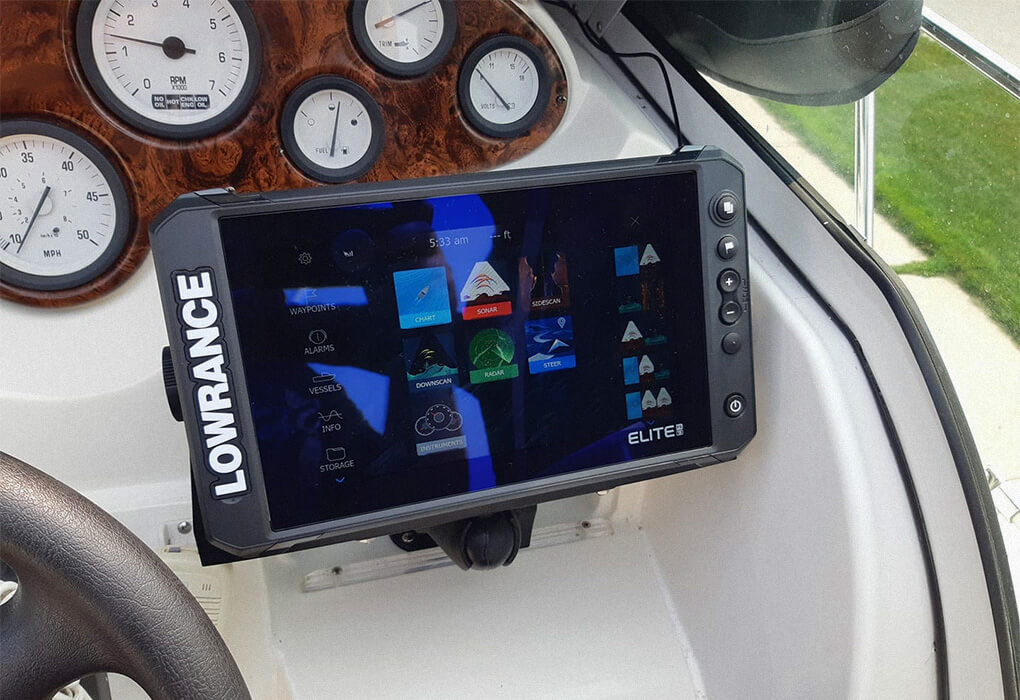
While I do think it’s a big improvement in terms of installation and viewing angles, as you can see from the image above, it’s still lacking quite a bit in terms of clarity.
Nonetheless, if you’re really determined to have live sonar on your Lowrance, you have options. Click here to learn more!
One Last Thing
The final thing I want to point out about these two fish finders is called “attitude and heading reference sensor” or AHRS.
This is a stabilization system used by Garmin sonar to prevent choppy or murky water from causing a lower quality reading on the fish finder.
Many experts believe that this is why Garmin is able to produce such a high-quality picture regardless of the conditions.
Frequently Asked Questions
Does Lowrance make a Livescope?
This Lowrance unit is no longer for sale but the Livesight is their version of the Livescope.
Is the Lowrance Livesight better than the Garmin Livescope?
The Lowrance Livesight is nothing compared to the Garmin Livescope. The Livescope is the much better option for live sonar.
What is the difference between the Garmin Livescope vs Lowrance Livesight?
There are many differences between these two live transducers in terms of quality, performance, design, and functionality.
Final Thoughts
I think it goes without saying that there is no comparing these two units. The Garmin Livescope is clearly the better option and that’s why the LVS32 is still selling to this day.
If you’d like to read a full review of the Garmin Panoptix Livescope, you can find it here.


